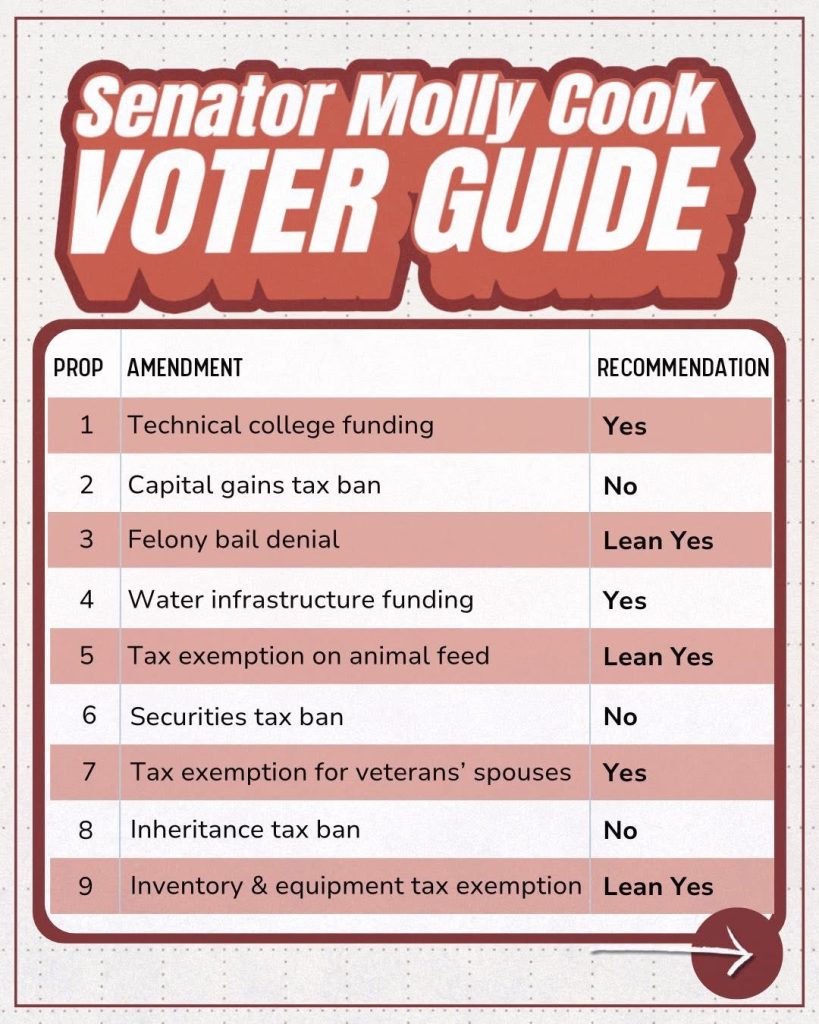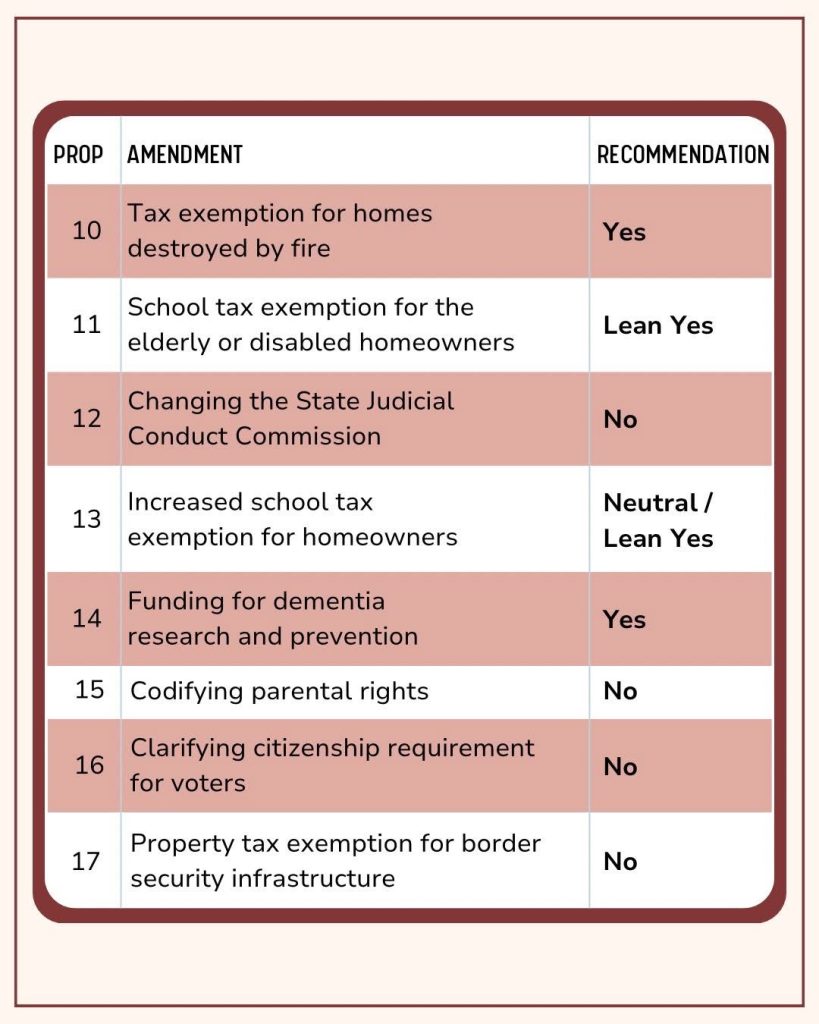In a recent episode of our 22 Sides podcast, I talked a lot about current politics. This is a summary of that podcast.
For the complete podcast, go to 22Sides.com Episode 20.
Politics can feel like static—loud, shapeless, and draining—until you trace the wires. In our conversation, we follow the connections from a single Houston crosswalk to the Governor’s office, from executive memos to federal courts, and from Harris County voting centers to national headlines about the Guard. The starting point matters: what your feed shows you shapes your mood and your map. One host sees upbeat civic wins; the other sees threats, chaos, and AI-amplified outrage. That split isn’t just vibes—it’s the algorithm determining your inputs, then your anxieties. But when you strip back the noise, the picture clarifies: authority, process, and proximity decide outcomes. Who can order what? Which court can say no? How do you move a lever when the room is locked? The good news is that some locks have keys if you know where to look. The bad news is those keys aren’t always in Washington.
Zooming into Texas, the power diagram comes into focus. Harris County, a huge, diverse voter base, regularly collides with statewide leadership. The Governor, Lieutenant Governor, and Attorney General set the tone with lawsuits, executive actions, and policy push that often land hardest on big, blue urban centers. That friction shows up everywhere: voting access, local autonomy, and culture-war skirmishes designed to energize donors and exhaust opponents. The crosswalk saga—LGBTQ+ symbolism paved over during routine repairs, rapid political interventions, a legally dubious “no political statements on streets” threat—reads trivial at first glance. But it’s a case study in jurisdiction and narrative. Who decides street paint? What counts as political speech? Which lawyer says no? And how fast can a local issue become statewide clickbait? These are not abstractions; they’re the front lines of how “authority” is performed—and challenged.
Voting, the supposed great equalizer, has been flattened by policy design. Harris County once piloted 24-hour voting and expanded access for shift workers—paramedics, night staff, people whose schedules never align with business-hour democracy. It worked. Then it was rolled back, replaced with tighter mail-in requirements, fussy envelopes, and clerical trapdoors that invalidate ballots. This is not a technicality; it’s an architecture. Meanwhile, the ballot itself in Texas can stretch to pages with judgeships, boards, bonds, and, this cycle, a pile of constitutional amendments whose summaries sound agreeable but bury structural shifts in the fine print. Understanding what changes and why takes stamina and trusted translators—local reps, community groups, or issue-aligned organizations that publish clear guides. If you read nothing else, read those.
Culture wars pivot to where resistance is thinnest. As Black and Hispanic communities built organizing power and visibility, political attacks shifted to trans Texans and broader LGBTQ+ symbols. The accusations are cartoonish to anyone who knows real people; to those who don’t, they land as fear. Countering that isn’t just a values debate; it’s a strategy of presence. One practical tactic we discuss is briefing candidates—judges, DAs, legislators—on LGBTQ+ facts and fault lines before they speak. Not persuasion, information. Frame the spectrum of views, mark what’s contested, and give language that avoids unforced errors. That hour can grow into relationships, and relationships become muscle memory when the call comes from the House floor: “I’m up next—what’s the cleanest way to say this?” That’s how influence scales in a federation obsessed with process: person by person, brief by brief.
Nationally, the “who can order what” theme expands. Can a President deploy forces without state consent? Can a Governor imitate that dynamic with executive orders he may not be authorized to wield? The courts are rediscovering their role, issuing injunctions that halt overreach, as in passport gender-designation fights where “we’ll change it for you” morphed from policy tweak into clear rights violation. This is the same logic run through different machines: authority asserted, legality challenged, process enforced. It’s slow by design, often infuriating, occasionally life-saving. And it reminds us that even unpopular rulings can be correct if they unwind politically engineered precedents.
So where does that leave exhausted voters? With fewer excuses than it feels like. You don’t need to rebuild the system to participate in it effectively. Start small: learn your layers—city, county, state—and who runs what. Pick one committee, caucus, or club aligned with your values and show up twice. Work a phone bank or write postcards; the human touch still moves needles more than ads. Vote early at a quiet center; bring a friend who’s nervous; use the live wait-time map. If mail-in rules are a labyrinth, help an elder fill theirs out exactly. Read the amendment guides from trusted local reps and assume summaries posted on the ballots are marketing hype; the details that are not fully displayed are what you are actually voting for.
Rep. Penny Morales Shaw Comments on amendments
Sen. Molly Cook’s amendment voting guide

